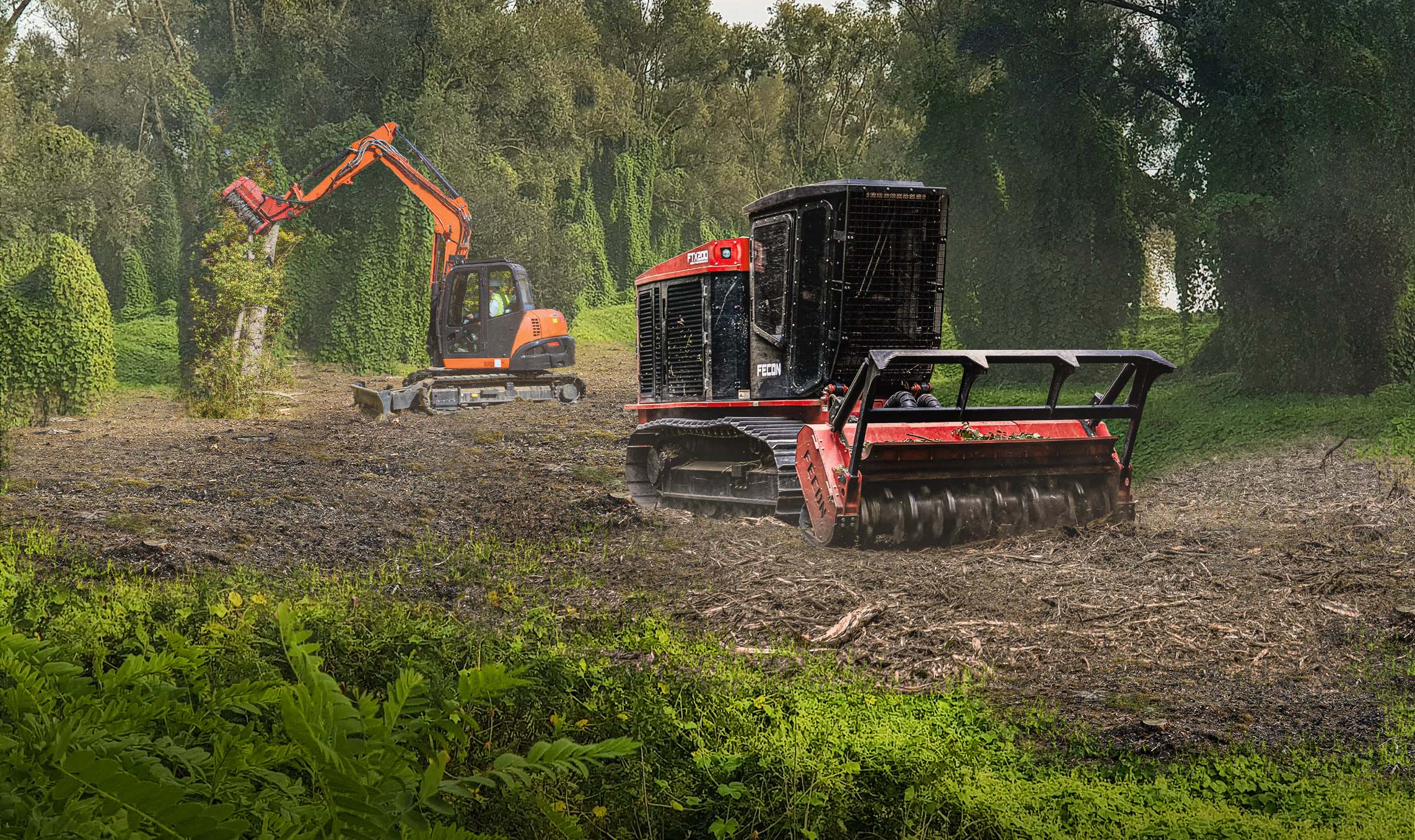Land Clearing & Site Development are crucial phases in any construction project, laying the foundation for successful construction and infrastructure development. Effective land clearing ensures the removal of obstacles and vegetation, while site development focuses on transforming raw land into viable construction sites. Before breaking ground, it’s essential to dig this and understand the intricacies of land clearing and site development processes to get dig this.
Introduction to Land Clearing & Site Development
Land clearing involves the removal of vegetation, trees, and debris from a site to prepare it for construction or development. On the other hand, site development encompasses a broader scope of activities, including grading, infrastructure installation, and environmental compliance. Both processes are integral to creating a suitable and safe environment for construction projects to thrive.
Land Clearing Methods
Mechanical Clearing
Mechanical land clearing utilizes heavy machinery such as bulldozers, excavators, and mulching equipment to remove vegetation and debris efficiently. Bulldozers are ideal for clearing large areas quickly, while mulching equipment can grind vegetation into mulch for easier disposal. Grubbing and root raking are additional techniques used to remove stubborn roots and debris from the soil.
Chemical Clearing
Chemical land clearing involves the use of herbicides to eliminate unwanted vegetation. This method is often used in areas with dense vegetation or sensitive ecosystems where mechanical clearing may not be feasible. However, chemical clearing requires careful planning and consideration of environmental impacts, including potential runoff and soil contamination.
Manual Clearing
Manual land clearing relies on hand tools such as chainsaws, machetes, and axes to remove vegetation and debris. While labor-intensive, manual clearing is often necessary in areas where machinery cannot access or where environmental regulations restrict mechanical or chemical methods. It is commonly used in conservation areas or small-scale projects where precision is required.
Site Development Process
Site Evaluation and Planning
Before commencing site development activities, a thorough site evaluation and planning process is conducted. This includes surveying and mapping the land, testing the soil for suitability, and analyzing the topography to identify potential challenges or opportunities for development.
Infrastructure Development
Once the site is evaluated, infrastructure development begins, including grading and earthwork to prepare the land for construction. Drainage systems are installed to manage stormwater runoff, and roads or access points are constructed to facilitate transportation and logistics on the site.
Environmental Compliance
Environmental compliance is a critical aspect of site development, particularly in areas with sensitive ecosystems or regulatory requirements. This involves mitigating impacts on wetlands, implementing erosion control measures to prevent soil erosion, and preserving habitat for native wildlife.
Equipment and Technology
Advanced Machinery
Modern land clearing and site development rely on advanced machinery equipped with GPS technology and laser leveling systems for precision and efficiency. Telematics systems allow for remote monitoring and management of equipment, improving productivity and safety on the job site.
Sustainable Practices
Incorporating sustainable practices into land clearing and site development processes is essential for minimizing environmental impact. This includes using fuel-efficient equipment, employing low-impact techniques to reduce soil disturbance, and recycling or reusing materials whenever possible.
Safety Protocols
Safety is paramount in land clearing and site development operations, and strict safety protocols are followed to protect workers and equipment. This includes providing comprehensive operator training, implementing regular equipment maintenance schedules, and establishing emergency procedures to address accidents or incidents on the job site.
Benefits of Professional Services
Efficiency and Expertise
Hiring professional land clearing and site development services ensures that the job is done efficiently and according to industry standards. Experienced contractors have the expertise and equipment necessary to tackle complex projects and overcome challenges effectively.
Compliance with Regulations
Professional land clearing and site development services ensure compliance with local regulations and environmental laws. Contractors are familiar with permitting processes and environmental requirements, ensuring that projects proceed smoothly without delays or legal complications.
Cost-Effectiveness
While hiring professional services may seem like an added expense, it can ultimately save time and money in the long run. Professional contractors have the knowledge and resources to complete projects efficiently, minimizing costly delays and avoiding potential fines or penalties for non-compliance.
Land clearing and site development are essential components of the construction process, laying the groundwork for successful projects. By understanding the various methods and processes involved, property owners can ensure that their projects proceed smoothly and sustainably. Whether it’s clearing land for a new development or preparing a site for infrastructure installation, professional services offer expertise, efficiency, and peace of mind. Click to find out more about how professional contractors can help with your land clearing and site development needs.

